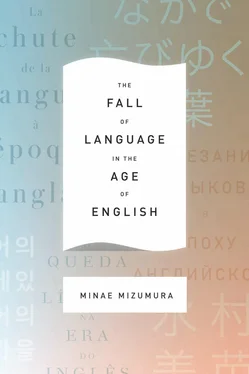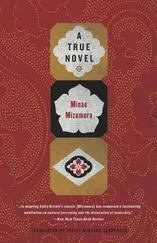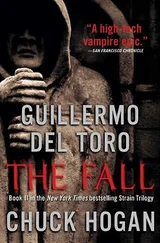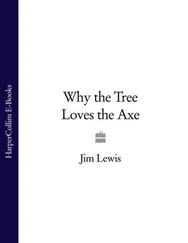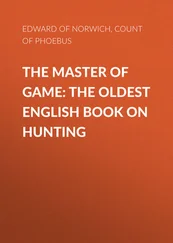Clearly, people in nearly all former European colonies in sub-Saharan Africa still live within the linguistic double structure that characterized premodern society: the language of their former colonial power is the universal language used by a relatively small number of bilingual elites, while their own languages are local languages used by a monolingual mass. The ideology of national language is strong, and, among writers, there is constant tension between writing in the universal language and writing in the indigenous language. The world-famous Kenyan writer Ngũgĩ Wa Thiong’o (b. 1938), who recalls in his essay “Decolonising the Mind” that “one of the most humiliating experiences was to be caught speaking Gĩkũyũ in the vicinity of the school,” 1has switched from writing in English to writing in Gĩkũyũ. What will be the future linguistic policies of former British colonies in sub-Saharan Africa? Will these nations continue to allocate resources to building their own languages? Even if they do, will members of the ruling class ever stop sending their children to elite schools to ensure that English becomes their first written language? And what of the former French colonies in Sub-Saharan Africa? Will they keep French as an official language or will they veer away from it like the former French protectorates in Southeast Asia — Vietnam, Cambodia, Laos — and become more intent on adopting English? What will be the fate of their national literatures?
TEACHING JAPANESE IN JAPANESE SCHOOLS
Despite this unpredictability that casts a shadow over non-European languages as a whole, many of them — including Mandarin, Korean, Vietnamese, Thai, Turkish, Hebrew, and Indonesian — are now full-fledged national languages with a flowering national literature. Others, like Arabic, boast a vigorous literary tradition not limited to one country. Yet perhaps no non-European language has been as historically fortunate as Japanese, as we have seen. Even so, remarkably, Japanese people themselves are undoing this historical good fortune. To clarify this perplexing situation, I will begin by tracing how Japanese people have mistreated their language since the end of World War II. And to do so, I must first put into words something that most readers of this book will find only too obvious: the importance of a literary canon.
People in Western countries generally share a pervasive belief that their own country’s literary canon should be read and passed on to the next generation. By “literary canon,” I mean not works that have already been relegated to the domain of specialists but works written since the rise of the national language — works that the populace can read without great difficulty and that they return to frequently, even maintaining a constant, lifelong dialogue with them. This is why in Western countries compulsory education in the national language has two aims: the attainment of reading and writing proficiency and the appreciation of the canon. Of course, just which works constitute the canon is a matter for debate, with calls for more female authors, more nonwhite authors, more foreign authors, and so on. Dissenters even question whether there should be any such thing as a canon in the first place. This is especially true of Americans, who, without any real need to defend their culture or language, can afford to challenge conventional wisdom. Still, the vital premise stands: Westerners basically believe that having students acquire not just reading and writing skills but familiarity with the canon, cherished works of literature written in the national language, ought to be the basis of education in the language arts, even in junior high and high school.
Today, when information a week old appears ancient, this approach to education may seem quaint. But the concept of transmitting national cultural heritage remains a cherished notion in the West, and educators engaged in the activity still focus chiefly on literature — the written word — before painting, music, dance, and other arts. Our written language is our ultimate spiritual homeland. We can no longer speak as naïvely as before in this age of swelling immigrant populations of “native literary heritage”; and yet I would submit that the reason for the deep connection among native speakers of the same language is simply that they read and are in dialogue with the same classics, however tangentially. And in order for the transmission of cultural heritage to occupy an important place in compulsory education, the entire nation must share that basic understanding.
Sadly, the Japanese nation does not.
The concept of a canon does exist in Japan. With the spread of the “ideology of national language” in the Meiji period, the government led the way, assisted by scholars, in defining the canon of premodern Japanese literature. Works written in Chinese, previously held in high regard, were eliminated, and a selection of works dating all the way back to Ten Thousand Leaves was newly enshrined. The modern canon was established in a more spontaneous way, without the government stepping in, as society matured and publishers began competing to put out literary anthologies; works by Natsume Sōseki, Tanizaki Jun’ichirō, Higuchi Ichiyō, and others emerged as the greatest modern classics. By the beginning of the Shōwa period, all educated Japanese were well versed in those works as a matter of course. But after World War II, the belief that such classics constitute a heritage to be read and passed on to each new generation gradually faded from society.
The little emphasis given to the modern canon of Japanese literature shows most blatantly in the astonishing paucity of the school curriculum for the study of language arts. In 2008, after seeing children’s learning abilities fall year by year, the Ministry of Education undertook a sweeping revision of class hours. 2A glance at the new distribution of class hours for the third year of junior high school (the final year of compulsory education) shows that English, mathematics, and social studies all increased from three hours per week to four, with science doubling from two hours per week to four. Only the study of Japanese remained unchanged, at three hours per week. Why? Why not have pupils devote at least four or five hours a week to the study of their own language and literature, as in Western countries?
Roughly nine of every ten Japanese children graduate from high school. High school education is thus almost part of compulsory education, but the Ministry of Education has less say over the high school curriculum, and individual schools have more freedom. One might suppose, then, that the number of hours devoted to instruction in Japanese language and literature would increase — but the reverse is true. Some high schools get away with allocating seven hours a week to English and only two to Japanese. Not only that, most colleges and universities do not require students to take any course that would be equivalent to, let us say, “English 101” in the United States. Even at the elite University of Tokyo, where students are required to take at least three semesters of English, it is possible — it is, in fact, normal — to graduate without having taken a single semester of Japanese.
What is still more astonishing is the meager content of junior and senior high school textbooks for courses in Japanese language arts. These textbooks are not made by the Ministry of Education; rather, various private companies make them, and those that win the ministry’s approval are used in schools. They are all pretty much alike, but the ones used most commonly in junior high schools, with over 60 percent of the market share, are put out by a company named Mitsumura Tosho. Let’s take a look at its 2013 textbook for the ninth grade, the final year of compulsory education. Bear in mind that this textbook covers not a semester but an entire year’s curriculum.
Читать дальше
